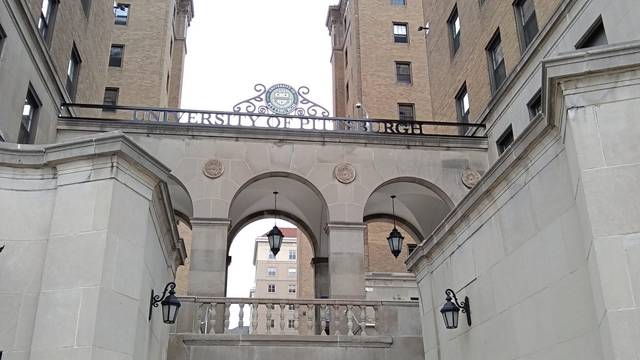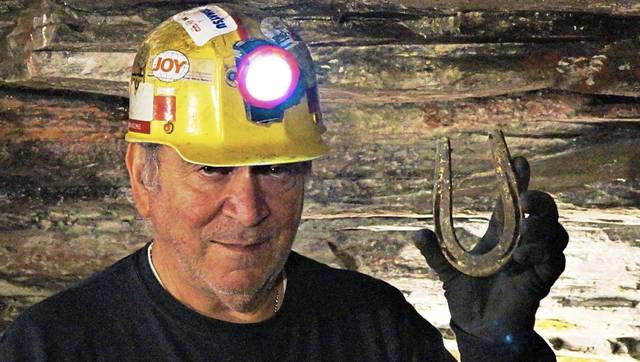Duquesne University plans to add an osteopathic medical school to its offerings with an eye toward turning out more family practitioners, officials said Thursday.
University officials said the school aims to enroll its first class of 75 students in fall 2023 with the hope of bringing enrollment to 600 once the school is fully established.
University President Ken Gormley said Duquesne is well-positioned for the endeavor, citing the already established programs like pharmacy, nursing and natural and health sciences.
“The whole reason we want to embark on this is the very clear need for more family doctors in this region,” he said.
That need is acute: The Association of American Medical Colleges in April projected a shortage of up to 55,000 primary care doctors nationwide by 2032.
The decision to establish an osteopathic medical school was deliberate, according to Gormley, who said the university had no interest in competing with the University of Pittsburgh’s well-established medical school.
“I view it as a complement to what we already have in the city of Pittsburgh in terms of producing students going down this track,” he said. “It fills a major need in our community in terms of a need for family doctors and family practitioners.”
The first step is a national search for a founding dean, Gormley said, who will be charged with recruiting faculty and students, designing the curriculum and helping the school reach accreditation. Accreditation will come once the school shows it can educate and graduate students – a process that can take up to three years.
The school will be on Forbes Avenue near the Power Center, he said.
Osteopathy uses an integrative approach, which focuses on prevention in conjunction with healing, Gormley said. The practice views the doctor and patient as partners meant to work toward overall whole-body wellness.
Provost David Dausey said the branch of medicine is as much about caring as it is curing.
“At the core,” he said, “we seek a leader to educate medical students to look at the mind, body and spirit of their patients – to be with them and to listen to their concerns.”
Trends show medical students trained tend to practice primarily in medical sub-specialties,Dausey said.
“Osteopaths are more likely to become general practitioners, where the need for more physicians is even greater,” he said.








